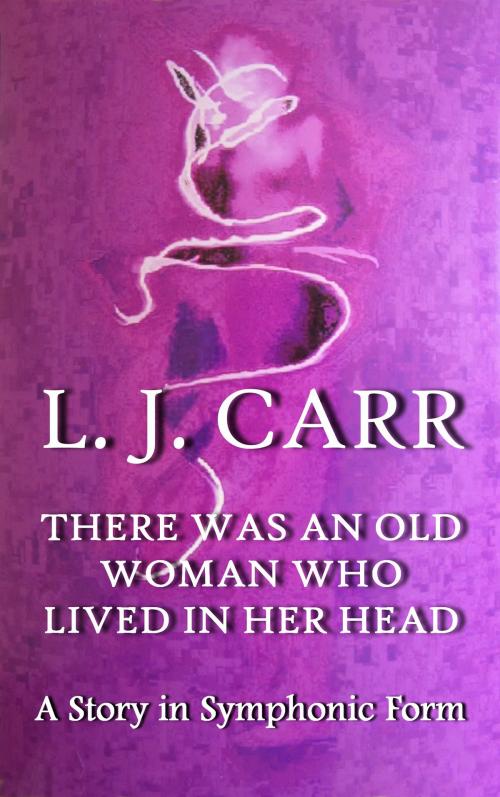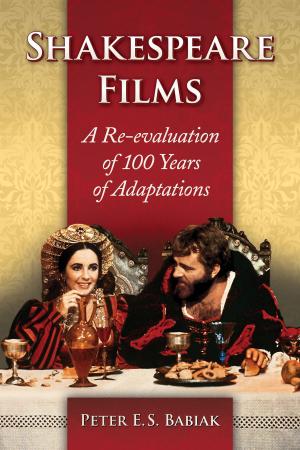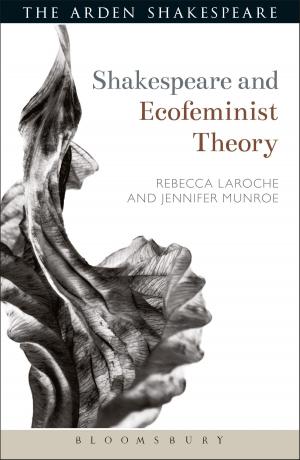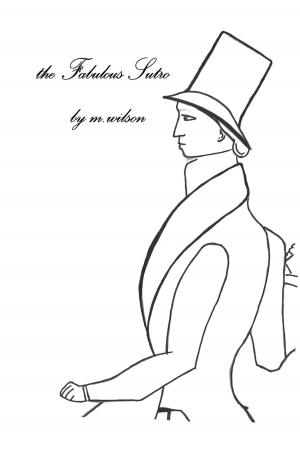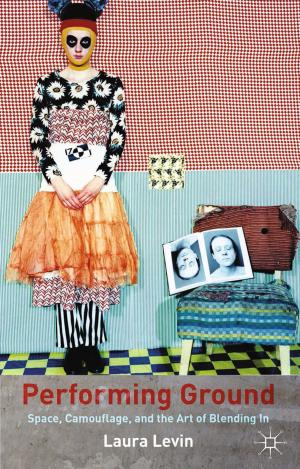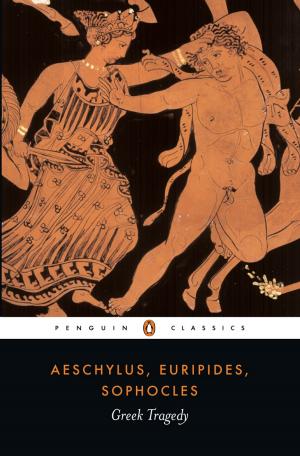| Author: | D. Clisby Green | ISBN: | 9781301541386 |
| Publisher: | D. Clisby Green | Publication: | April 30, 2013 |
| Imprint: | Smashwords Edition | Language: | English |
| Author: | D. Clisby Green |
| ISBN: | 9781301541386 |
| Publisher: | D. Clisby Green |
| Publication: | April 30, 2013 |
| Imprint: | Smashwords Edition |
| Language: | English |
As a postmodern fiction for imaginative readers of all ages, THERE WAS AN OLD WOMAN WHO LIVED IN HER HEAD devolves the ‘world’ of Samuel Beckett into that of Lewis Carroll.
The eponymous Old Woman relives and retells her trauma of adolescence, as she remains perpetually locked into her younger Self: she is the perpetual school-leaver who, as a dreamer, is ambitious and yet without any real prospects. Her companion for these odd adventures is a full-size bunny-boy who, ambiguously, is both her friend and her fantasy. His life-quest is to compose opera, hers to dance professionally. Together, they journey through a trauma of disillusionment and enlightenment, as they experience the process of Life educating them into its ambiguities and absurdities: it is also the somewhat painfully-funny progress of their going nowhere.
This is no conventional novella but a ‘long’ short-story in symphonic form: there are no chapters (as such) only illustrative ‘markers’ that divide the story (per se) into its musical ‘movements’; and all such images appear as variations if its thematic nucleus, as are the divertissements of a classical ballet; the final pages of this story being, quite literally, a brilliant piece of music especially composed by Peter Bourne. These illustrative images represent the Old Woman in her life-long static dance (as a tree in a high wind). Look at these images! Listen to the concluding music!
This novella is an intelligent, erudite, witty and lively fiction, in which every element is simultaneously both fictive and self-consciously factive. And yet, although there is nothing of ‘new’ in all this text, every element is as ‘new’ as yesterday’s leftovers and as ‘old’ as the prospect of tomorrow...As it says in an inset song: Watch those claws!
As a postmodern fiction for imaginative readers of all ages, THERE WAS AN OLD WOMAN WHO LIVED IN HER HEAD devolves the ‘world’ of Samuel Beckett into that of Lewis Carroll.
The eponymous Old Woman relives and retells her trauma of adolescence, as she remains perpetually locked into her younger Self: she is the perpetual school-leaver who, as a dreamer, is ambitious and yet without any real prospects. Her companion for these odd adventures is a full-size bunny-boy who, ambiguously, is both her friend and her fantasy. His life-quest is to compose opera, hers to dance professionally. Together, they journey through a trauma of disillusionment and enlightenment, as they experience the process of Life educating them into its ambiguities and absurdities: it is also the somewhat painfully-funny progress of their going nowhere.
This is no conventional novella but a ‘long’ short-story in symphonic form: there are no chapters (as such) only illustrative ‘markers’ that divide the story (per se) into its musical ‘movements’; and all such images appear as variations if its thematic nucleus, as are the divertissements of a classical ballet; the final pages of this story being, quite literally, a brilliant piece of music especially composed by Peter Bourne. These illustrative images represent the Old Woman in her life-long static dance (as a tree in a high wind). Look at these images! Listen to the concluding music!
This novella is an intelligent, erudite, witty and lively fiction, in which every element is simultaneously both fictive and self-consciously factive. And yet, although there is nothing of ‘new’ in all this text, every element is as ‘new’ as yesterday’s leftovers and as ‘old’ as the prospect of tomorrow...As it says in an inset song: Watch those claws!
